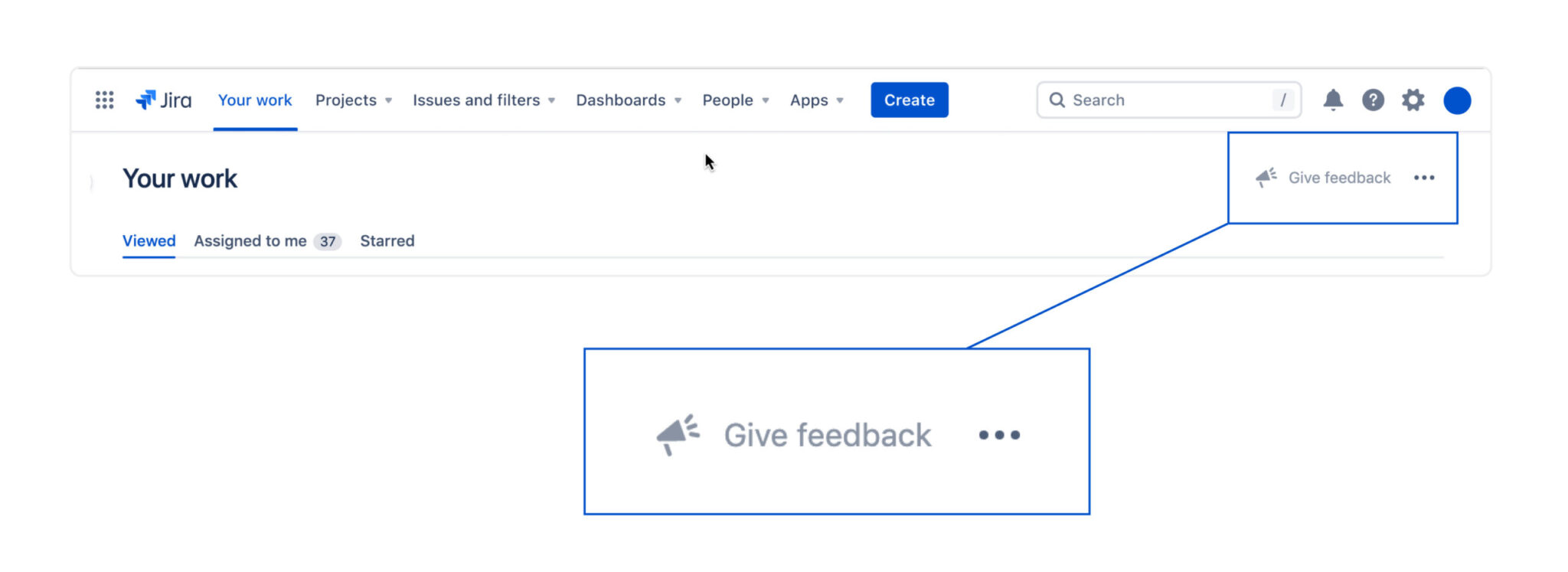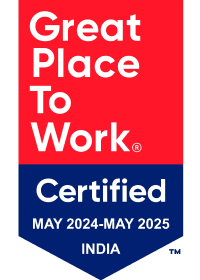A future-proof SaaS product that stands the test of time – a pipe dream for most product leaders. Wait, can we really call scaling SaaS to ensure it’s sustainable growth a pipe dream?
Atlassian, the creators of Jira and Confluence, are a behemoth in the SaaS arena with 83% of Fortune 500 companies using their products for over 20 years.
Dropbox, in operation since 2008, is trusted by over 600,000 teams and 700 million users and is ranked one of the most valuable B2B SaaS startups in the world with a valuation of over $10 billion.
Shopify, founded in 2006 gained over 1 million customers across 175 countries. Their impeccable ease of use, customization capabilities, affordability, and merchant support give the tool an edge over others.
So, what’s the secret to these long-standing, sustainable, and profitable SaaS heroes?
It’s scalability – that one, elusive quality that allows businesses to respond quickly to market changes, adapt to evolving user needs, and improve their competitiveness. A scalable SaaS product ensures that the business can future-proof its applications, reduce downtime, and achieve a higher return on investment.
Let’s delve into the intricacies of scaling SaaS products, understand its importance, and explore strategies to cultivate a scalability-first culture.
What does scalability mean in the SaaS context?
At its core, scalability is the ability of a system or product to handle increased demands effectively. In the realm of SaaS products, scalability extends beyond just accommodating growing user bases. It encompasses handling increased data volumes, meeting evolving user requirements, and ensuring a seamless user experience as the product matures.
Designing for Scalability: 3 Tips for Product Leaders
For SaaS product leaders, designing with scalability is key to avoiding bottlenecks and guaranteeing a smooth user experience throughout the product’s lifecycle. Here are 3 tips to keep in mind.
Scale up your user research across the product development process
Scaling SaaS a platform begins with an intimate understanding of your users and their evolving needs. Continuous discovery, communication, and feedback are the foundations of this understanding.

When discovery activities such as surveys, user interviews, reviewing support tickets, and analytics are integrated throughout the product development cycle, product leaders are assured of designing features that meet customer needs and address their pain points.
User feedback is a goldmine of insights that can help identify pain points, areas for improvement, and new features that users crave. When done methodically and continuously, it ensures that user needs are met and a sense of loyalty is established.
For example, Jira’s feedback widget (as opposed to a pop-up survey) is designed to collect user feedback in a non-intrusive manner. It lets users experience the product and then give feedback only if and when they wish to.

Furthermore, Jira Community is a dedicated portal created for its users to discuss, ask questions, and search for community support. This has helped establish a place where users can air their grievances, provide suggestions and concerns, and the company to communicate how they’re being addressed.
Semrush is another platform that’s heavily invested in its user community and regularly dishes out webinars and blog posts to teach its subscribers how to get more from their tools. This way, they manage to keep their subscribers engaged and loyal.
84% customers keep using SaaS after their free trial (source). This level of dedication to keeping the user involved not only shows that the company values users’ input but also keeps them engaged and invested in the product’s evolution, thus ensuring sustained growth over time.
Scale up the user experience you’re delivering
What does a relentless focus on the user experience look like when you’re strategizing to scaling SaaS products?
As a designer I get excited when finding SaaS products that make millions of $ and have ugly UI.
— Jim Zarkadas (@JimZarkadas) October 26, 2022
Why? Because it reminds me that good design is subjective.
Our goal is to provide UX that's good enough for our users and their needs.
NOT to have the best UI/UX in the world 🙂
It is an extension of keeping the user at the center of your decision-making and embedding the following processes into your product development journey –
- Conducting periodic UX audits and heuristic evaluations to continuously optimize the user interface and streamline workflows.
- Conducting user journey mapping to identify pain points and reduce friction in the user journey.
- Conducting usability testing with real users to identify usability issues, gather feedback, and make improvements using heatmaps, session recordings, and user surveys to gain insights into user behavior and preferences.
- Leveraging data analytics to identify patterns and trends that can guide product development and improvements, and make informed decisions.
“I’m (almost) always encouraged when I hear people complain about the service, because it means that people care”
— Daniel Ek, CEO of Spotify
Remember, the UX design process is iterative, therefore, it is essential to maintain a user-centered approach throughout the product’s lifecycle. Make it a practice to revisit and refine your design based on user feedback and evolving user needs to consistently deliver a great user experience.
Have a design that scales as your product does
A design system is a set of libraries, tools, and guidelines that help create a consistent user experience across the product’s user interface. It helps automate large parts of the product creation process such as color palettes, themes, and component hierarchy. This not only saves time and ensures consistency, but it also frees up valuable resources that can be dedicated to innovation – a critical component that ensures long-term success for any SaaS product.
“Styles come and go. Good design is a language, not a style.”
–Massimo Vignelli, Veteran Product Designer
We tackled UI inconsistency in a healthcare product suite by creating a custom design system. The visual disparity amongst healthcare apps within a suite resulted in a steep, new learning curve each time for users, whilst also impacting clinical decision-making.
Our design system helped generate simple, standalone, and reusable components in an evolving ecosystem. It provided simple designs and plug-and-play code to cater to screens having voluminous data, with each component tested rigorously for intuitiveness, usability, and accessibility.
It unified appearances across the apps, ensured accessibility, met compliance standards, provided users with a sense of familiarity and ease of use, and ensured hassle-free design and development in the long term.
Building a Scalability-first Culture
Scaling SaaS products isn’t just a technical concern; it’s a strategic imperative. Where user expectations are continually rising, a scalable SaaS product differentiates you from the competition. It safeguards your reputation, minimizes downtime, and maximizes revenue potential. A scalability-first culture ensures that every team member is aligned with this mission.
Lead by example
Demonstrate a strong commitment to scalability in your decision-making and actions. Make it clear that scalability is a top priority.
Educate your team
Emphasize that scalability directly impacts the customer experience. A slow or unreliable product can lead to customer dissatisfaction and churn. Ensure that your team understands the importance of scalability. Conduct training sessions and workshops to raise awareness and provide them with the necessary knowledge and tools.
Set clear objectives and set up scalability metrics
Establish clear and measurable scalability goals and communicate them to the team. Benchmark your scalability against competitors or industry standards. Make these goals a part of your product roadmap and strategy. Incorporate scalability-related metrics such as response times, server utilization, or system uptime into your regular reporting and evaluations. This reinforces the importance of scalability throughout the organization.
Encourage collaboration
Foster a collaborative environment where cross-functional teams work together to address scalability challenges. Ensure that your development, operations, and product management teams are aligned and collaborate effectively to deliver a scalable and user-centric product. Encourage open communication and the sharing of best practices.
Invest in scalability tools and training
Provide your team with the necessary tools and resources to enhance scalability. This could include investing in infrastructure-as-code tools, cloud services, or specialized training.
Hold regular reviews and UX audits
Schedule regular reviews or retrospectives to evaluate the scalability of your product. Discuss lessons learned and areas for improvement. Regularly stress-test your system to ensure it can handle anticipated growth. Perform load testing, simulate traffic spikes, and conduct disaster recovery drills.
Customer feedback integration
Share customer feedback related to scalability issues with the team. Hearing directly from customers can be a powerful motivator for improvement. Reinforce the idea that scalability is not a one-time effort but an ongoing process. Encourage iterative learning and adaptation.
Create a trusted community of users
Foster a user community where users can interact, share best practices, and offer each other support. Community forums and social media can be valuable for this purpose. This can be also used to keep users informed about updates, changes, and downtime. Transparent communication builds trust and reduces frustration.
Scalability is critical for SaaS applications to remain efficient, effective, and reliable as user demand increases. It’s as Drew Houston, CEO of Dropbox Inc. says, “People do not choose Dropbox because it has this much space or gigabytes. They choose it for the experience”.
When you create a culture that enables your SaaS platform to scale with ease, it can handle a growing number of users, data, and transactions without compromising performance. And there’s your fool-proof strategy to future-proof your product.









